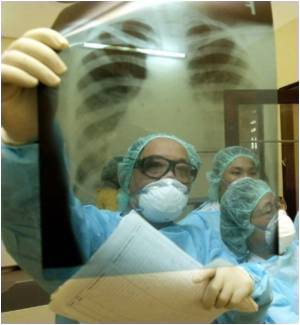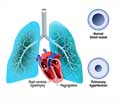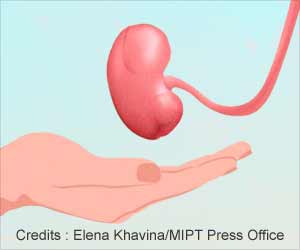University of Michigan researchers have developed a new diagnostic tool that could help predict a fatal complication in lung transplantation patients.

The new tool could allow doctors to intervene earlier and, ultimately, to provide life-saving treatments.
Vibha Lama, M.D., M.S., an assistant professor of pulmonary and critical care medicine at the University of Michigan Medical School, led a team of U-M researchers who recently discovered that patients who had a high number of stem cells in their lungs six months after transplantation were much more likely to develop BOS than those with lower counts.
“Our study provides the first indication of the important role these cells play in both human repair and disease,” Lama says. “It’s very important from the clinical perspective because we didn’t previously have any strong biomarkers for BOS.”
The findings were recently published online ahead of print publication in the American Journal of Respiratory and Critical Care Medicine.
The translational study also highlights the importance of the lab-to-bedside cooperation of basic and clinical research, Lama says.
Advertisement
In 2007, Lama and her colleagues published another discovery about the stem cells, revealing that the cells reside in the transplanted organs, independent of their more commonly known association with bone marrow. That study led to the further exploration of the cells’ involvement with chronic transplant rejection.
Advertisement
Having the biomarker will also allow researchers to readily identify a population of patients ideal for testing new drug interventions and therapies.
“By the time we usually diagnose BOS, there’s already been a huge decline in lung function,” Lama says. “If we can find the disease early, we can potentially do something about it.”
Methodology: Mesenchymal stromal cells were measured in 405 bronchoalveolar lavage fluid samples obtained from 162 lung transplant recipients and patients were observed for BOS development.
The research was supported by grants from the National Institutes of Health, American Thoracic Society and Scleroderma Research Foundation.
Source-Medindia











